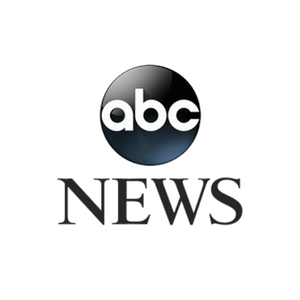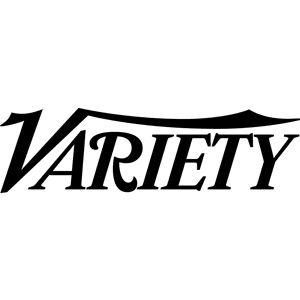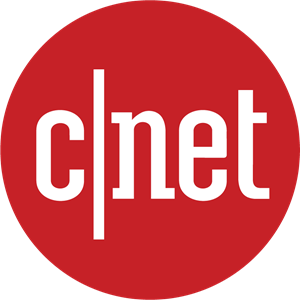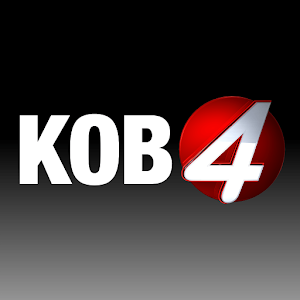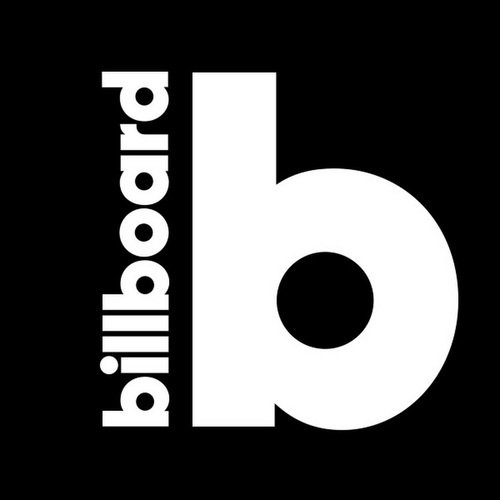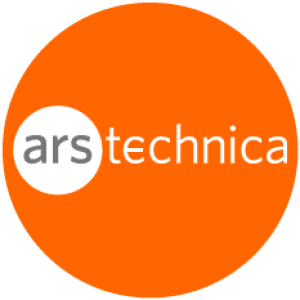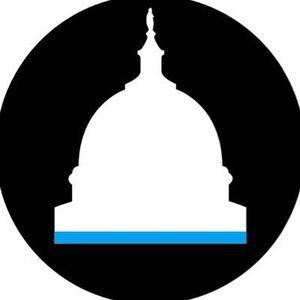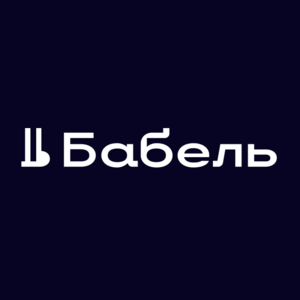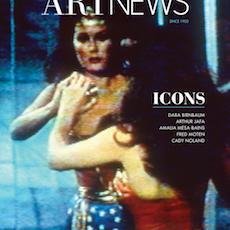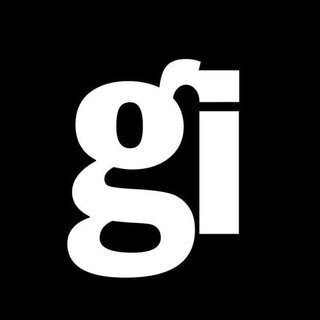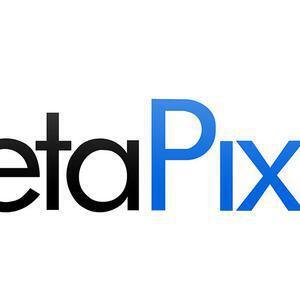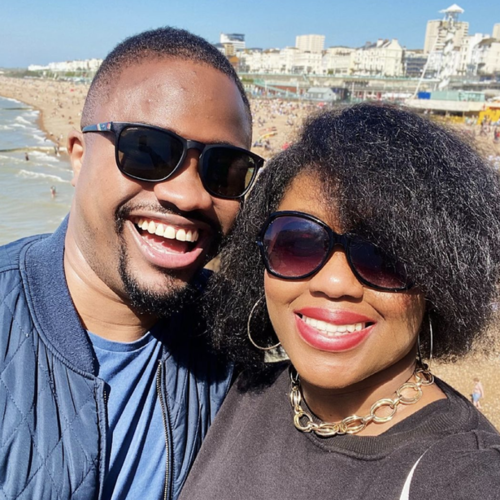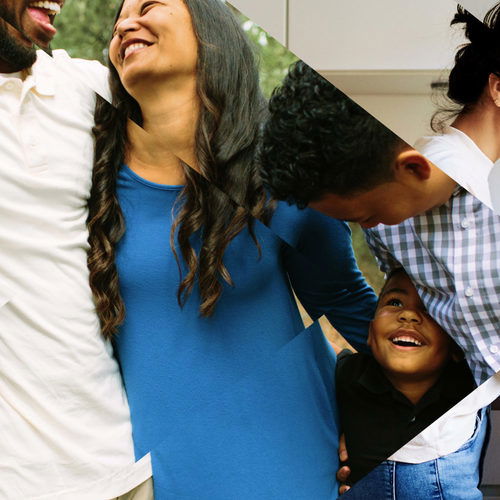The U.S. Copyright Office is updating its stance on AI-generated art. Under a new policy, artists can copyright AI-assisted work—but only if a human is the dominant creative force.
Past rulings have blocked AI-generated art
In March 2023, the Copyright Office reinforced that copyright protection applies only to human-created works. At the time, AI-generated content was not eligible for protection.
Kris Kashtanova wrote one of the most notable cases, “Zarya of the Dawn.” Kashtanova applied for and initially received copyright protection in September 2022.
However, in February 2023, the Copyright Office revoked protection for the comic’s illustrations after discovering Midjourney, an AI software, created them.
A letter from the office stated:
“The application did not disclose that she used artificial intelligence to create any part of the Work, nor did she disclaim any portion of the Work.”
Kashtanova kept the copyright for the text, but the office excluded the AI-generated images.
Another AI-generated piece made headlines in 2022. “Théâtre d’Opéra Spatial,” created by artist Jason Allen using Midjourney, won first place in the digital art category at the Colorado State Fair.
The victory sparked debate over whether AI-assisted works should compete against human-created pieces. Allen later applied three times for copyright protection, arguing that his creative input justified legal protection.
The Copyright Office denied each request, stating that the work lacked sufficient human authorship. In September 2024, Allen filed a lawsuit seeking to overturn the ruling.
New policy allows AI-assisted copyright—under conditions
The Copyright Office has now adjusted its position. Under its latest policy, AI-assisted works can qualify for copyright if a human makes a significant creative contribution.
A statement from the office reads:
“AI-generated material can only be protected where there is sufficient human involvement or where AI is used as a tool to enhance human expression.”
Applications will be hand-reviewed, ensuring that human creativity plays a central role in the final product. If an artist substantially alters or controls AI-generated content, it may qualify for copyright protection.
AI-assisted art is no longer automatically excluded from copyright. However, artists must prove that their human creativity is the driving force behind the work.
This policy shift could shape the future of art, law, and artificial intelligence—one ruling at a time.


